
!!BEST
SELECTION OF LEARNING MATERIAL, BOOKS AND DVDs on CEE!!
Ukraine
The Ukraine
is the second largest country in Europe after Russia.
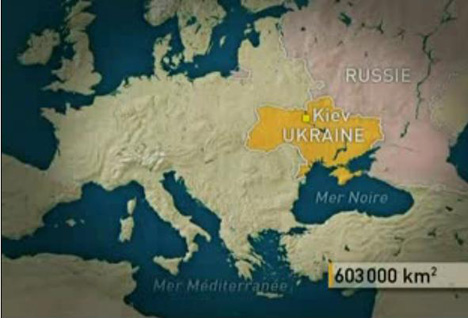
It is
bordered on the west by the European Union, Russia in the
east and by the Black Sea in the south. It lies between two
large geopolitical formations and a number of transport routes
run through the Ukraine. Roads, railways and oil- and gas
pipelines. Ukraine gained its independence from the Soviet
Union in 1991.
Ukraine
existed as an independent state for the first time only in
the 20th century. Although the first Slavic state developed
in the area around Kiev in 882, the so-called Kievan Rus.
But on historical maps, we see that the Ukraine was a kind
of borderland from the 14th century. Many people fought about
it - first Mongols and Poland, then Poland, Ottomans and Russians,
who settled in the region.
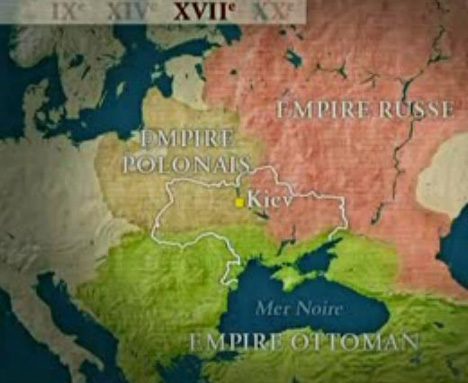
Besides,
the country's name in Russian means "borderland."
The largest part of Ukraine was for over 300 years part of
the Russian Empire. Then the country was part of the Soviet
Union. Only the western part of the country, the area around
Lviv (Galicia), was first under Polish and then under Austrian
rule. Only 1945 Galicia was annexed to the Soviet Republic
Ukraine.
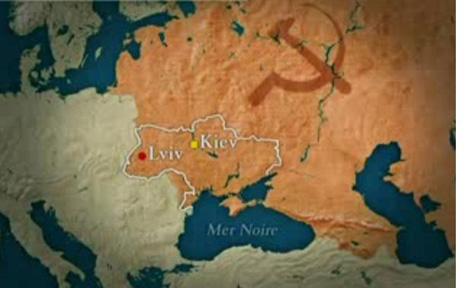
All these
historical influences are still present. 73% of Ukrainians
are Ukrainians, 22% are Russians. The remaining 5% are Romanians,
Moldovans, Bulgarians, Poles, White Russians, Hungarians,
Tartars and Jews.
The Western Ukraine has a Catholic tradition with the Byzantine
rite (The Uniate Church which is oriented towards Europe).
The East is more Russian-Orthodox (and oriented towards Russia).
Russia
perceives itself as the successor of the first Slavic state.
Kiev is to speak the "mother of all Russian cities".
And Ukraine is the cradle of Russia, which is why it is called
"little Russia".
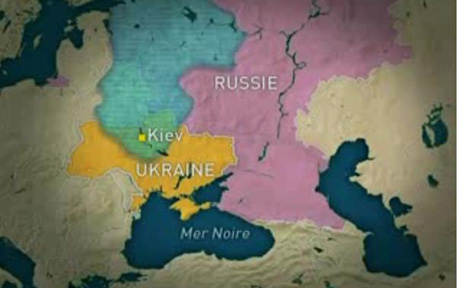
When Ukraine
became independent in 1991, the Russians perceived this as
a loss of a region that is linked to their identity. But as
well as a loss of a connection to Central Europe and the Black
Sea. This resulted in several disputes with the independent
Ukrainian state.
The first
issue involved the division of the Soviet Black Sea Fleet
in Sevastopol.
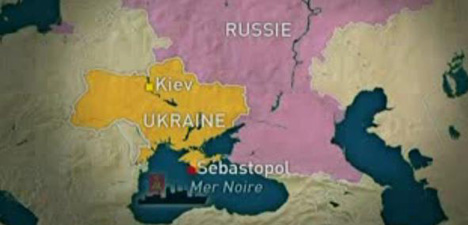
After difficult negotiations, the Ukraine agreed to lease
part of the port for 20 years to Russia.
The second issue concerned the Crimea, which Khrushchev had
given in 1954 to Ukraine. Russia calls for return of the Crimea,
since 67% of its inhabitants are Russians.
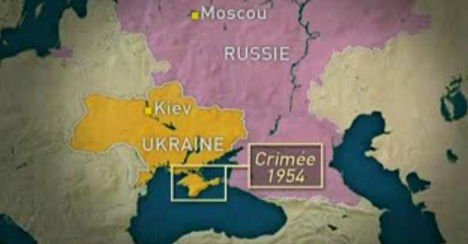
Kiev declared the Crimea an autonomous republic and an integral
part of Ukraine.
Ukraine
depends on Russia and its investments. Russia is the most
important oil and natural gas supplier to Ukraine. In return,
Ukraine has the most extensive pipeline network in Europe.
And Russia is dependent on this, because 90% of Russian natural
gas deliveries to Europe pass through this network.
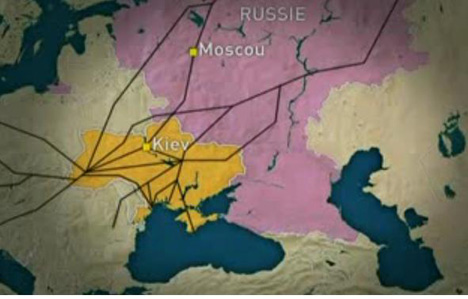
Ukraine
concluded a cooperation agreement in 1994 with the European
Union. In 2000 the EU reached the closing of the Chernobyl
nuclear power plant. The European Commission considered the
possibility of a membership application Ukraine at a conference
in Yalta.
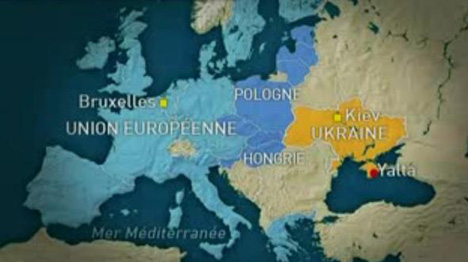
In 1997,
NATO signed a charter with Ukraine, which enables it to participate
in the new European security structures, without really belonging
to it. The rapprochement between Ukraine and NATO is primarily
due to the policy of the United States. For the U.S., the
Ukraine is a geopolitically important. Until 1995, the United
States was involved in the destruction of Ukrainian nuclear
weapons. They promoted the economic liberalization of the
country with numerous loans and investments. In 2003, Ukraine
sent 1800 soldiers to Iraq - this improved the relations between
the two countries.
|